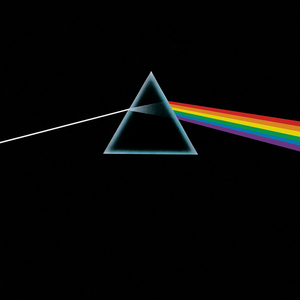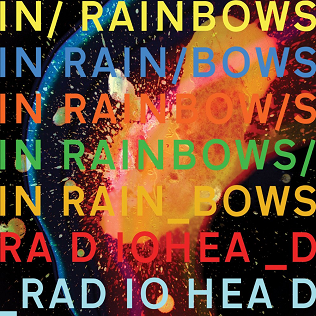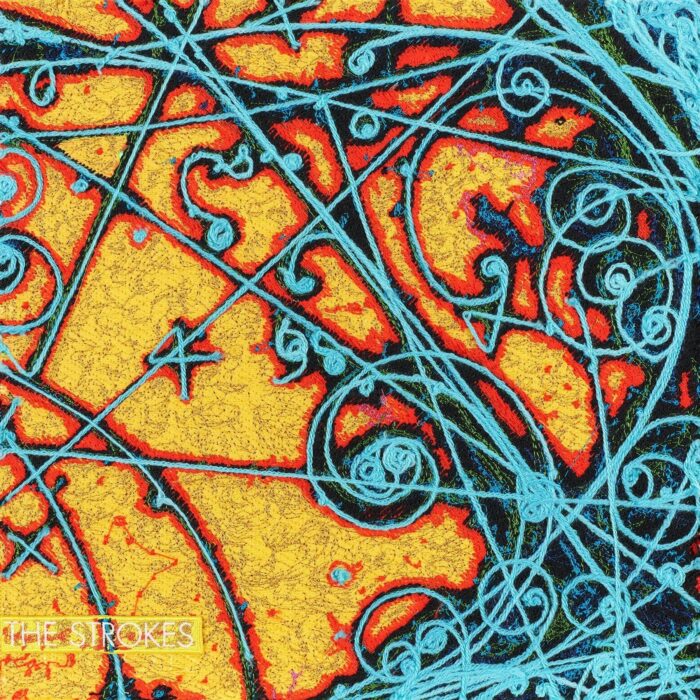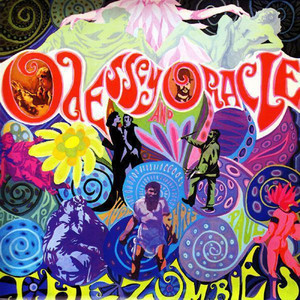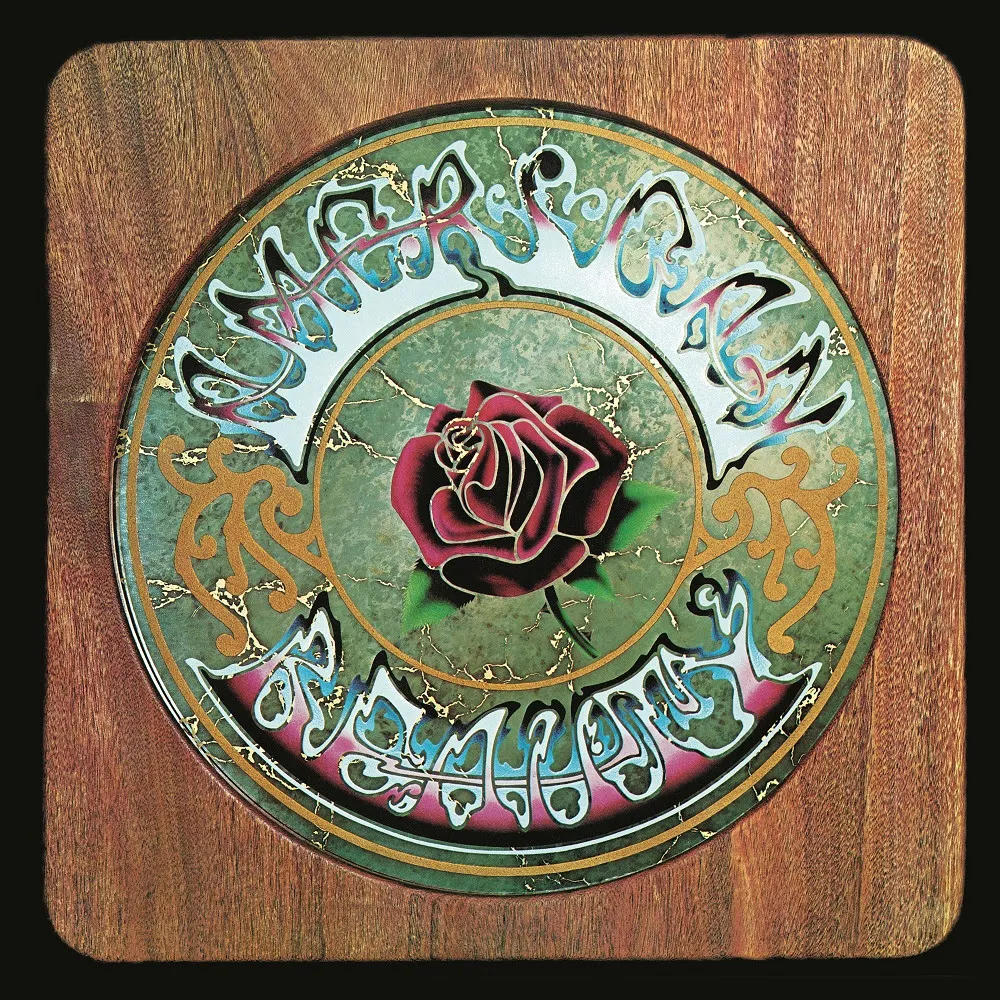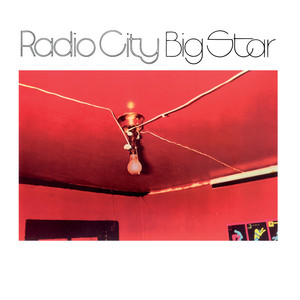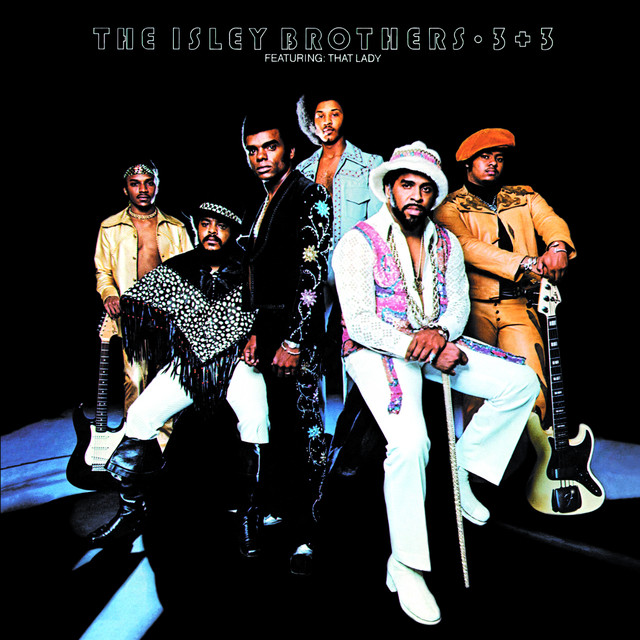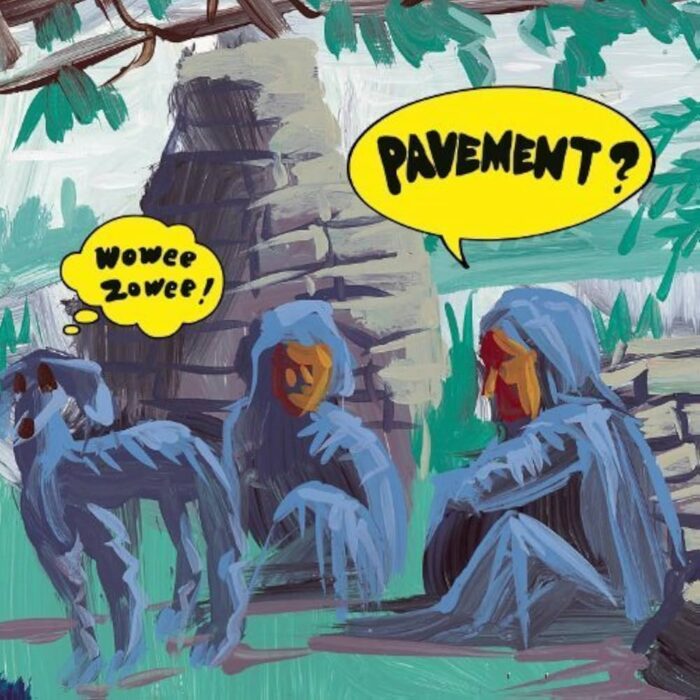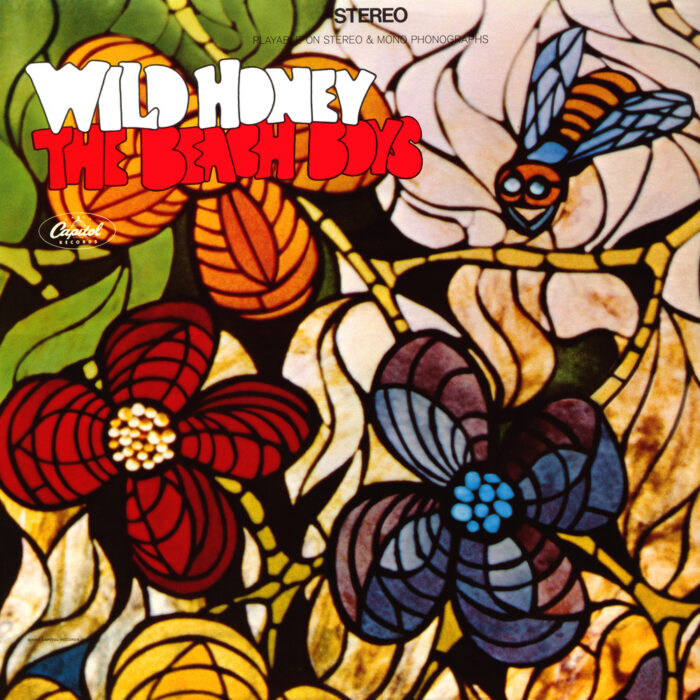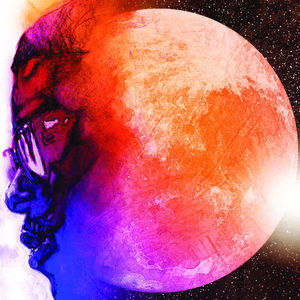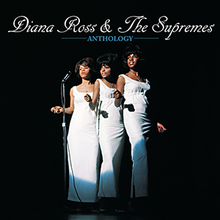

David Bowie’s The Rise and Fall of Ziggy Stardust and the Spiders from Mars, released in 1972, is a concept album that tells the story of Ziggy Stardust, a fictional androgynous rock star who acts as a messenger for extraterrestrial beings. The album is a masterpiece of glam rock, blending theatricality, science fiction, and social commentary with some of Bowie’s most iconic music. It explores themes of fame, alienation, identity, and apocalypse, reflecting the glam rock movement’s spirit of rebellion and self-expression.
The album opens with “Five Years,” where Ziggy learns that Earth only has five years left before its destruction. This apocalyptic vision sets the stage for Ziggy’s rise to fame as a rock star who provides hope in the face of impending doom. Songs like “Moonage Daydream” and “Starman” delve deeper into the Ziggy character, with “Starman” becoming one of the album’s biggest hits, introducing Ziggy as a savior figure who brings a message of peace and hope from outer space.
Musically, the album blends rock and roll with theatrical, avant-garde elements, incorporating powerful guitar riffs, orchestral arrangements, and Bowie’s dramatic vocals. Guitarist Mick Ronson’s contributions were crucial, providing the hard-edged sound that contrasts with Bowie’s otherworldly lyrics. The balance between glam rock’s bombast and introspective lyricism made Ziggy Stardust both accessible and revolutionary.
The album’s narrative intensifies as Ziggy’s fame spirals out of control, leading to excess and self-destruction. Tracks like “Suffragette City” showcase Ziggy’s wild lifestyle, while “Rock ‘n’ Roll Suicide” serves as the tragic conclusion to his journey, as Ziggy succumbs to the pressures of fame and the weight of his own persona. The album’s mix of flamboyant rock star fantasy and darker psychological themes gave it a depth that resonated with fans and critics alike.
Ziggy Stardust was also significant in shaping Bowie’s career, cementing his status as one of rock’s most innovative and theatrical artists. The Ziggy persona became iconic, with Bowie’s androgynous appearance, glittering costumes, and enigmatic stage presence captivating audiences around the world. He embraced the role fully during live performances, blurring the lines between character and artist in a way that had rarely been seen before in rock music.
Despite the fictional story, The Rise and Fall of Ziggy Stardust also reflected real-life struggles with fame, identity, and societal expectations, themes that were relatable to audiences. The album was both a commercial success and a critical triumph, earning Bowie widespread recognition and influence. Over time, it became a cultural landmark, inspiring countless artists in both music and fashion.
The album’s blend of science fiction, existentialism, and glam rock excess makes it one of the most influential works in rock history. Its legacy is felt far beyond the music world, with Ziggy Stardust becoming a symbol of self-reinvention, creativity, and the limitless potential of rock music as a form of artistic expression. The Rise and Fall of Ziggy Stardust and the Spiders from Mars remains one of David Bowie’s most beloved and enduring works, encapsulating the essence of his ability to blend spectacle with substance, fantasy with deep emotion.








